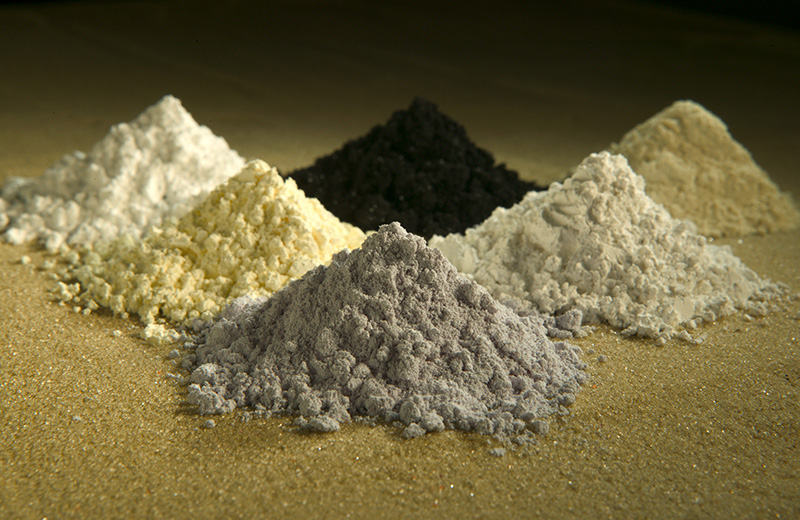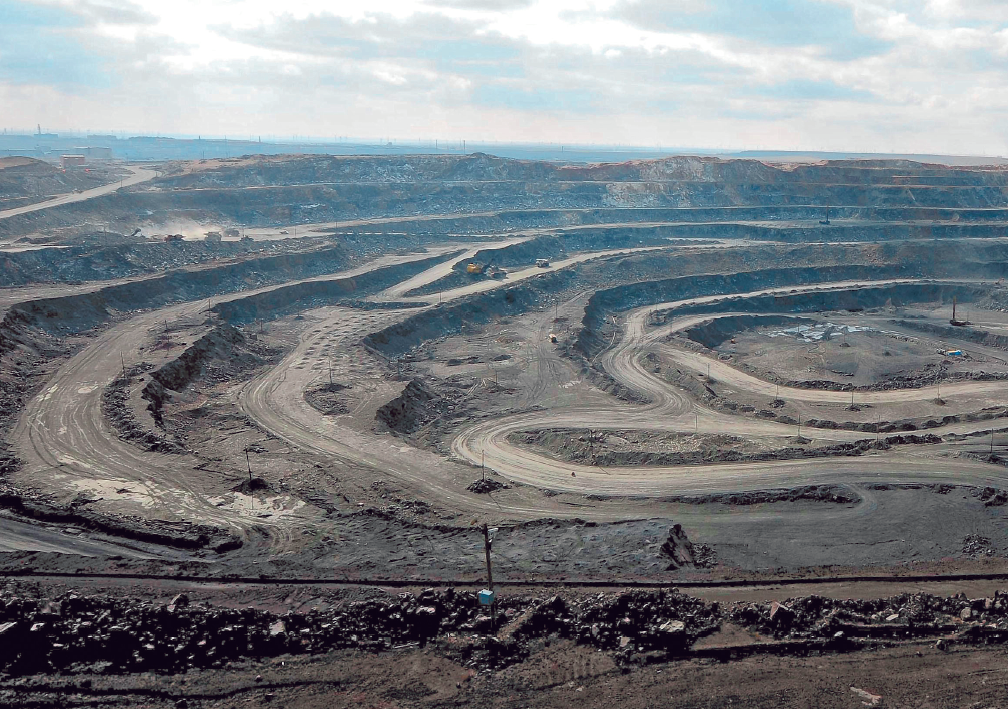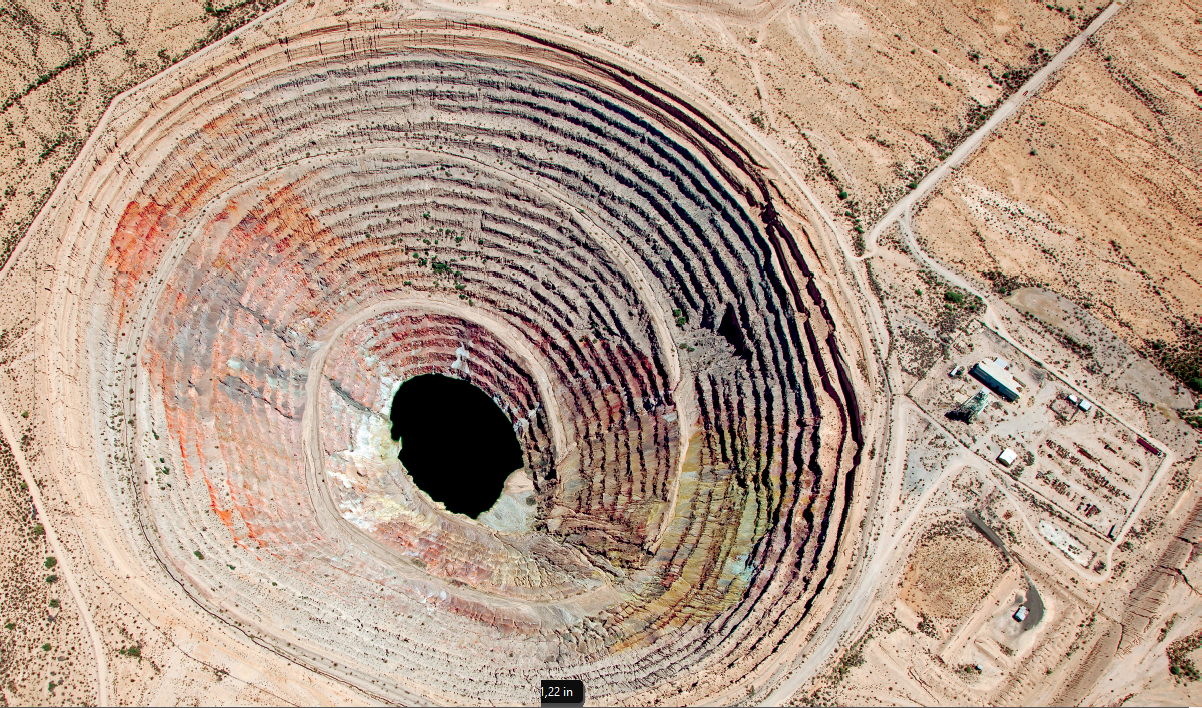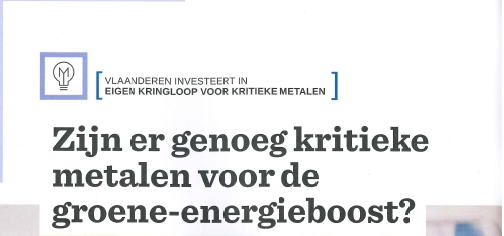
The future of rare earth recycling – Companies are scrambling to find ways to reuse costly rare earth elements
[et_pb_section bb_built=”1″ admin_label=”Row” custom_padding=”0px|0px|0px|0px” custom_css_main_element=”border-top: 4px solid #39b54a;” transparent_background=”off” allow_player_pause=”off” inner_shadow=”off” parallax=”off” parallax_method=”on” make_fullwidth=”off” use_custom_width=”off” width_unit=”on” make_equal=”off” use_custom_gutter=”off” global_module=”5898″][et_pb_row admin_label=”row” global_parent=”5898″ custom_padding=”0px|0px|0px|0px” parallax_method_1=”off” module_id=”newhere” make_fullwidth=”on” use_custom_width=”off” width_unit=”on” use_custom_gutter=”off” allow_player_pause=”off” parallax=”off” parallax_method=”on” make_equal=”off” parallax_1=”off” background_color=”#39b54a” background_color_1=”#39b54a”][et_pb_column type=”4_4″][et_pb_signup admin_label=”Row” global_parent=”5898″ saved_tabs=”all” provider=”mailchimp” mailchimp_list=”Manage|add_new_account” aweber_list=”|none” title=”Register for future Solvomet news” use_background_color=”on” background_color=”#39b54a” background_layout=”dark” text_orientation=”left” use_focus_border_color=”off” header_font=”Source Sans Pro||||” header_font_size=”28″ use_border_color=”off” border_color=”#ffffff” border_style=”solid” custom_button=”off” button_letter_spacing=”0″ button_use_icon=”default” button_icon_placement=”right” button_on_hover=”on” button_letter_spacing_hover=”0″ /][/et_pb_column][/et_pb_row][et_pb_row admin_label=”row” global_parent=”5898″ custom_padding=”0px|0px|0px|0px” parallax_method_1=”off” parallax_method_2=”off” parallax_method_3=”off” make_fullwidth=”off” use_custom_width=”off” width_unit=”on” use_custom_gutter=”off” allow_player_pause=”off” parallax=”off” parallax_method=”on” make_equal=”off” parallax_1=”off” parallax_2=”off” parallax_3=”off” module_id=”header_jp”][et_pb_column type=”1_2″][et_pb_image admin_label=”Image” global_parent=”5898″ src=”https://solvomet.eu//wp-content/uploads/2017/05/Solvomet-Logo_web.jpg” url=”https://solvomet.eu/” animation=”off” custom_margin=”20px|||” show_in_lightbox=”off” url_new_window=”off” use_overlay=”off” sticky=”off” align=”left” force_fullwidth=”off” always_center_on_mobile=”on” use_border_color=”off” border_color=”#ffffff” border_style=”solid” /][et_pb_code admin_label=”Code” global_parent=”5898″]<style type=”text/css”><!– [et_pb_line_break_holder] –>.nh_button.closed:after {content:”\33″;}<!– [et_pb_line_break_holder] –>.nh_button.opened:after{content:”\32″;}<!– [et_pb_line_break_holder] –></style><!– [et_pb_line_break_holder] –><script type=”text/javascript”><!– [et_pb_line_break_holder] –> jQuery(document).ready(function() {<!– [et_pb_line_break_holder] –>// Hide the div<!– [et_pb_line_break_holder] –>jQuery('#newhere').hide();<!– [et_pb_line_break_holder] –>jQuery('.nh_button').click(function(e){<!– [et_pb_line_break_holder] –>e.preventDefault();jQuery(“#newhere”).slideToggle();<!– [et_pb_line_break_holder] –>jQuery('.nh_button').toggleClass('opened closed');<!– [et_pb_line_break_holder] –>});<!– [et_pb_line_break_holder] –>});<!– [et_pb_line_break_holder] –></script>[/et_pb_code][/et_pb_column][et_pb_column type=”1_4″][et_pb_search admin_label=”Search” global_parent=”5898″ exclude_pages=”off” exclude_posts=”off” hide_button=”on” placeholder=”Search” max_width=”200px” button_color=”#d3d3d3″ field_bg=”#f7f7f7″ placeholder_color=”#6b6b6b” input_font=”Source Sans Pro||||” input_font_size=”18px” input_text_color=”#606060″ button_font=”Source Sans Pro||||” button_font_size=”16px” custom_margin=”20px|||” custom_css_after=”position:relative;||top: -36px;||right: 16px;||float: right;||font-size: 18px;||content: %22%9255%22;||font-family: %22ETmodules%22 !important;” custom_css_input_field=”border-radius: 24px;” /][/et_pb_column][et_pb_column type=”1_4″][et_pb_button admin_label=”Button” global_parent=”5898″ button_url=”#” button_text=”Email News” button_alignment=”center” module_class=”nh_button closed” custom_button=”on” button_text_color=”#fcfcfc” button_bg_color=”#39b54a” button_border_width=”0px” button_border_radius=”0px” button_use_icon=”off” background_color=”#39b54a” url_new_window=”off” background_layout=”light” button_letter_spacing=”0″ button_icon_placement=”right” button_on_hover=”on” button_letter_spacing_hover=”0″ button_font=”Source Sans Pro||||” button_border_radius_hover=”0″ button_text_color_hover=”#e0e0e0″ /][et_pb_text admin_label=”Text” global_parent=”5898″ background_layout=”dark” text_orientation=”center” text_text_color=”#e8e8e8″ use_border_color=”off” border_color=”#ffffff” border_style=”solid” custom_margin=”0px|0px|10px|0px” custom_padding=”0px|0px|0px|0px” text_font=”Source Sans Pro||||” text_font_size=”16px”] Sign up now [/et_pb_text][/et_pb_column][/et_pb_row][/et_pb_section][et_pb_section bb_built=”1″ admin_label=”Section” inner_shadow=”on” fullwidth=”on” transparent_background=”off” allow_player_pause=”off” parallax=”off” parallax_method=”on” make_fullwidth=”off” use_custom_width=”off” width_unit=”on” make_equal=”off” use_custom_gutter=”off” custom_css_main_element=” -webkit-box-shadow: 0px 3px 5px -1px rgba(50, 50, 50, 0.5);|| -moz-box-shadow: 0px 3px 5px -1px rgba(50, 50, 50, 0.5);|| box-shadow: 0px 3px 5px -1px rgba(50, 50, 50, 0.5);” global_module=”5678″][et_pb_fullwidth_menu admin_label=”Fullwidth Menu” global_parent=”5678″ background_color=”#eef4ef” text_orientation=”center” menu_font_size=”16px” menu_id=”2″ background_layout=”light” submenu_direction=”downwards” fullwidth_menu=”on” dropdown_menu_animation=”fade” active_link_color=”#ffffff” dropdown_menu_bg_color=”#39b54a” dropdown_menu_line_color=”#17b52c” dropdown_menu_text_color=”#ffffff” menu_text_color=”#373737″ menu_font=”Source Sans Pro||||” /][/et_pb_section][et_pb_section bb_built=”1″ admin_label=”section”][et_pb_row admin_label=”row”][et_pb_column type=”2_3″][et_pb_post_title admin_label=”Post Title” title=”on” meta=”on” author=”off” date=”on” categories=”off” comments=”off” featured_image=”on” featured_placement=”above” parallax_effect=”off” parallax_method=”on” text_orientation=”left” text_color=”dark” text_background=”off” text_bg_color=”rgba(255,255,255,0.9)” use_border_color=”off” border_color=”#ffffff” border_style=”solid” saved_tabs=”all” global_module=”6299″ /][et_pb_text admin_label=”Text”]
Scienceline, March 2014
What do a smartphone, a hybrid car and a Tomahawk cruise missile have in common? They won’t work without obscure rare earth elements. Scarce materials like europium, neodymium and others are now so in demand that companies and governments are urgently considering unlikely places to mine them, including deep under the sea and, someday, even asteroids.
[/et_pb_text][/et_pb_column][et_pb_column type=”1_3″][et_pb_sidebar admin_label=”Sidebar” orientation=”right” area=”sidebar-1″ saved_tabs=”all” remove_border=”off” background_layout=”light” global_module=”5903″ /][/et_pb_column][/et_pb_row][/et_pb_section]






